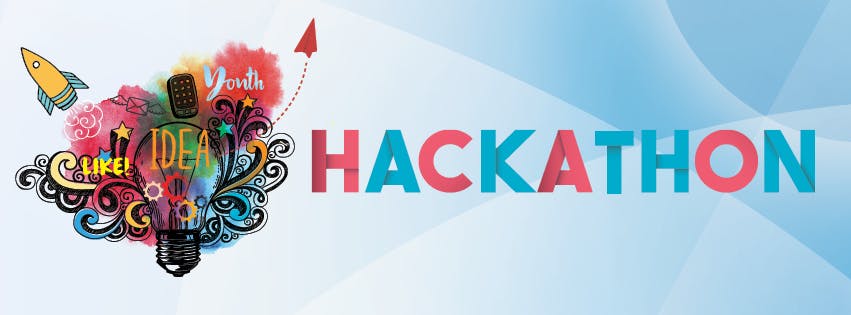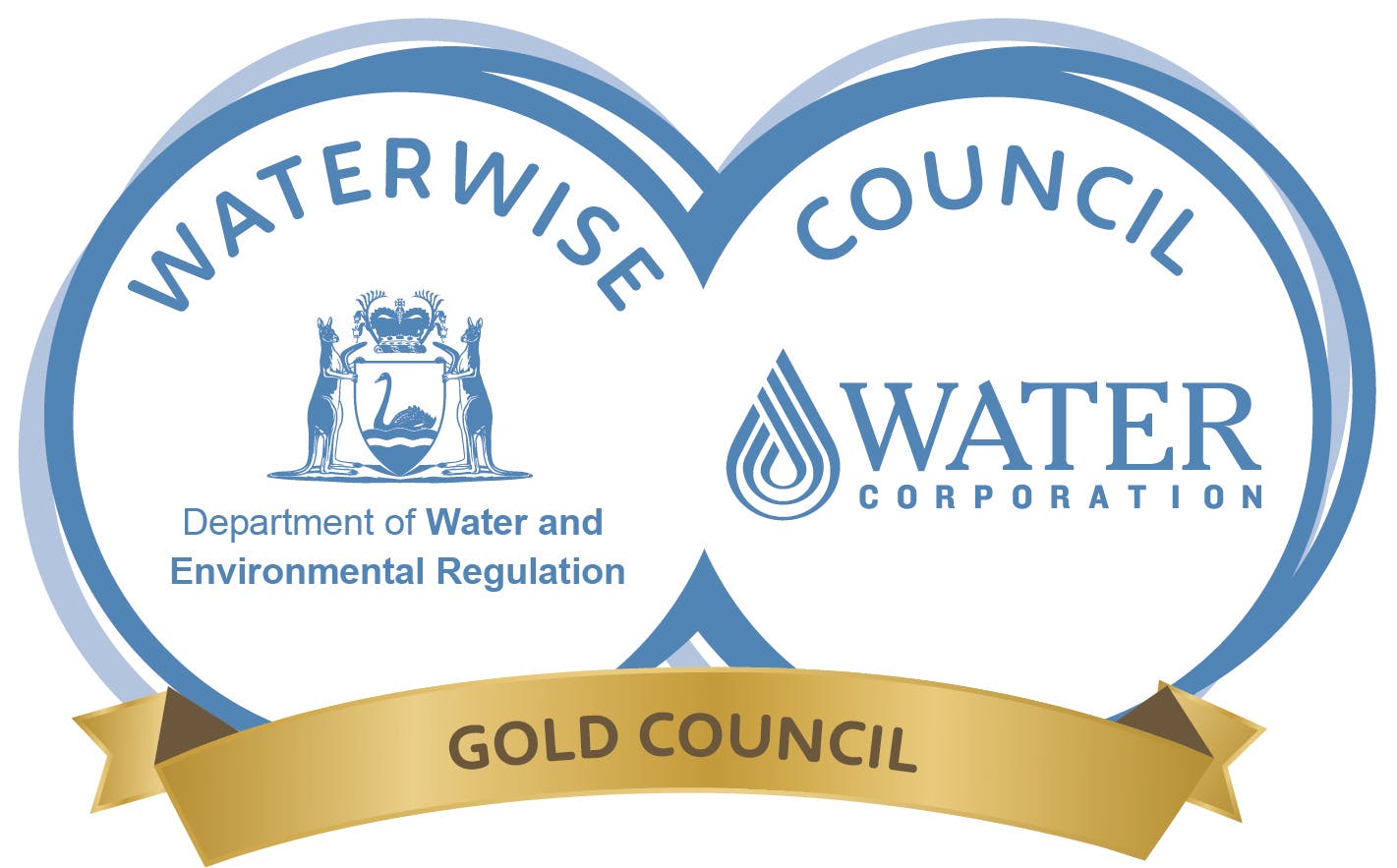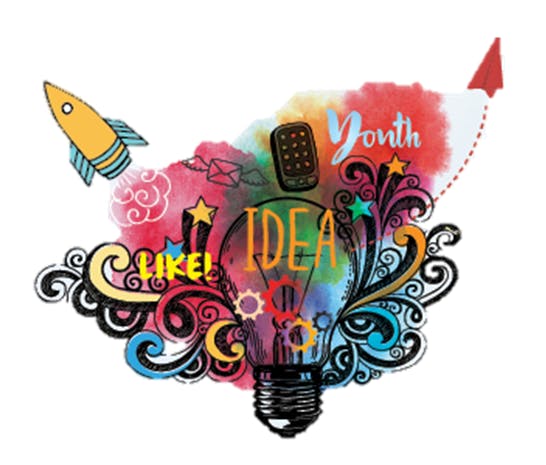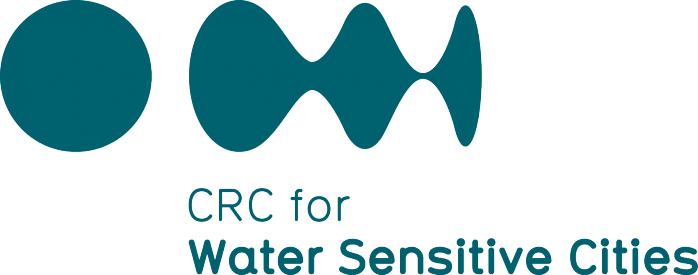Hackathon 2018 - Hack Pack
Consultation has concluded

Your mission is to find creative solutions for sustainability issues at our first Canning Youth Hackathon.
Bring water to the surface! - How can we connect peoples values and behaviours to water to help create a more water sensitive community?
We're making poor choices about how we use and value water. We don't connect our day to day actions with the bigger picture and the future of our most important resource.
This is because we don’t understand where it comes from and where it goes. We need our community to be more 'water literate' so that they understand our impact on water and connect their values and behaviours to water.
We'd like you guys to connect people to water. Help bring water to the surface by developing tech or non-tech solutions that improve water literacy.
Your mission is to find creative solutions for sustainability issues at our first Canning Youth Hackathon.
Bring water to the surface! - How can we connect peoples values and behaviours to water to help create a more water sensitive community?
We're making poor choices about how we use and value water. We don't connect our day to day actions with the bigger picture and the future of our most important resource.
This is because we don’t understand where it comes from and where it goes. We need our community to be more 'water literate' so that they understand our impact on water and connect their values and behaviours to water.
We'd like you guys to connect people to water. Help bring water to the surface by developing tech or non-tech solutions that improve water literacy.
-
Connect 1 - Why Water?
Picture your daily routine, in the shower, bathroom, then to the kitchen and maybe sit with a view of a garden. Water is available at the touch of a tap. Where did it come from where does it go?
Imagine this routine 5 years from now. What if water came from a mix of sustainable sources including: your rooftop, underground, desalination or from your own neighbourhood. Your shower and dish washing water goes back to your garden. The water from there eventually returns to the river and wetlands where it continues to sustain families of critters. As you take a short shower you think of the shady trees on cool streets where people today and in years to come can run, walk and gather. All of this made is possible because we value, embrace and carefully use our water.
It’s your job to help us ensure we have enough water in the future to support both people and nature to thrive. With the effects of climate change and increasing demands for water as populations grow, it’s more important than ever to care for this most precious resource.
-
Connect 2 - What is Water Literacy and Where is Canning At?
‘Water literacy’ is knowledge about water sources, water management and water-related issues. Only 13% of people in WA are considered to be “water literate" - i.e they have a good understanding of the water cycle and water related issues affecting Perth.
Read more about what water literacy is, who is and isn't water literate here.How does Water Literacy Lead to a Water Sensitive Canning?
Improved water literacy equals a greater understanding and involvement in the planning, ownership and management of water related assets (both natural and built). This will also strengthen understanding about how water creates a greener, cooler and more pleasant place to live and work.
Research shows that water-related knowledge improves people’s attitudes and behaviours towards water. This can result in:
- support for alternative water sources
- support for raingardens
- use of everyday water-saving strategies
- uptake of water-saving devices
- pollution-reduction behaviours
So What Do/Don't People Know?The Perth community is most interested in dam levels and people generally know what they are paying for the supply of water. However, awareness and knowledge about drainage (where water goes when it leaves our home) and alternative water sources is poor. In general, the community is not sure who manages their water or what they pay for outside of water supply.Some other key areas of low water literacy include:
An understanding of how groundwater fits into the water cycle – there can be an assumption that groundwater is an infinite and never-ending resource that can be tapped into whenever you need extra water.
Wastewater treatment – not many people realise that wastewater, such as stormwater runoff, is not treated and flows straight into the nearest water bodies, along with any pollutants and litter that the water has picked up along the way.
Connection between water and green space – people understand that they need to reduce the amount of water they use, but still expect to see lush, green parks and ovals.
Who and What are We Working With in Canning?
Surveys of locals suggest people in canning feel a strong connection with our Canning River. People can enjoy the river and green spaces near it. It's a great space that brings people together. But those people don't feel as connected to other green spaces like parks wetlands and bush land in the city.
Connection with water depends on the distance a person lives from a waterway. People who live close to a river or wetlands are better connected and value water. They probably see water in nature more often and think about water more than most people in our community who do not live close to the river are not as well connected.
So how do we help people connect to water when they don't see it and enjoy it as often?
So far the City is doing some education work through schools and sustainability education centres. The theme of water is a voluntary part of WA school curriculum. The City of Canning, supports the Canning River Eco Education Centre (CREEC) which provides education materials and programs to the community. These help raise awareness and influence a change in behaviour for the health of local environment.
Canning's Vision As A Water Sensitive City
Being the awesome and sustainable council we are doing lots as custodians of water. We have been recognised by the Water Corporation as a GOLD Waterwise Council. The City of Canning has been working on a Vision as a Water Sensitive City. The first part relates water literacy and our community's connection with water.
"People of all cultures understand their impact on the water cycle, respect water’s intrinsic value and feel part of the city’s evolving water story."
Check out the rest of the vision below:
-
Connect 3 - Definitions, jargon and Where to Find Out More
Water literacy, huh? If you don't understand some of these words how are you going to hack the water literacy literacy challenge? It's up to you to turn this jargon and information into a solution that will make people care about the future.
Definitions:
Water Literacy– to understand where our water comes from, how we use it, where it goes and what happens to it, and how water, people and the environment come together. If people understand this and are connected to water, they will be more accepting of water saving behaviours and more open to changes in the management of urban water eg using recycled water or rain water.
Water Efficiency– relates to the amount of water we use. We sometimes say WaterWise. The Water Corporation is already doing a good job at improving people’s behaviours in water use, with consumption declining over time. However, the if all we do is use less water we will still struggle to have enough water for the growing population and lowering rainfall.
Water Sources - Where people get water from. Traditional water sources are running low so we need to think carefully about where we get water for growing populations in a drying climate. Find out more in the videos of each source:
- ground water - underground, stored in soil and in aquifers
- desalination - sea water without the salt and stuff
- surface water - runs over land and collects in dams or lakes
- recycled water - converting wastewater into water that can be reused for other purposes. Reuse may include irrigation of gardens and agricultural fields or replenishing surface water and groundwater
- other new water sources - science wow
Urban Water Cycle - how it's transported, stored, treated, used and recycled in a City. This includes:- scheme water - potable water we pay for to use that comes out of our taps, toilets and showers which is provided by the Water Corporation
- potable water - water that is safe to drink or use for food
- wastewater - is any water that has been affected by human use. Once used it then moves through the water cycle as surface runoff or into sewers
- stormwater - rain water picks up pollutants such as oils, fertilisers, pesticides, rubbish and animal waste as it washes over a developed area (rooftops, roadways, parking lots, etc.)
Water Management - relates to policy and planning to determine how available water is allocated to water users and to assess the environmental health of our ecosystems. Management is about water supply, sources and treatment of not just dams and ground water but also recycled water, stormwater and desalination. We all know water is the most important resource we have on Earth and that we need to be smarter when it comes to using, managing and planning for water related assets in the natural and built environment. There are lots of programs in place to help people save water and manage water.
Sourced from: https://particle.scitech.org.au/food/water-recycling-future/
Jargon continued
Do you know what it really means when we say water wise, catchment, stormwater pollution, or even biodiversity?
A third or more of the sampled community members reported no understanding of the following terms: fit-for-purpose, total water cycle management, water sensitive, treatment wetlands, decentralised water supply, raingarden, biofiltration, urban heat island effect, microclimate, and riparian.

Should people know this stuff and if so how will you help them?
-
Connect 4 - Water Literacy Vs Efficiency and Why Should I Bother?
The Water Corporation runs Waterwise programs that reach over 1.6 million residents in the Perth metropolitan region. This is a key strategy to adapt to the impacts of a drying climate and address pressure on water supplies in the south-west region of Western Australia.
The programs focus on promoting behaviours to save Water Corporation water, also known as scheme water, around the home and garden and at work.They also have education and reward programs for schools, residents, businesses and councils. See the resource list for examples of what the Water Corporation is already doing.However, Water Efficiency programs aimed at the general community only target how much scheme water is being used. These programs do not target homes with garden bores that use up most of our groundwater. People don't pay for that water and have no restrictions so residential bores can make gardens green and greedy. This means that the bore owners can use as much groundwater as they like whenever they like. That means one day there may not be enogugh water to go around for people, parks, places, animal or bird life that need water too.
These programs don't improve water literacy either. That's why we still find people have a poor understanding about the water cycle and connection to how our lives effect it. As a result not all areas of our communities are adopting water wise behaviours and accepting of sustainable water practices.
We need people of all cultures to understand their impact on the water cycle, respect water’s intrinsic value and feel part of the City’s evolving water story.
-
Connect 5 - A Water Sensitive city, is that even a thing?

“A water sensitive city creates communities where people’s connections with water enhance their quality of life. It is a vibrant community with a thriving local economy and enjoys a lasting natural environment, because the water cycle is understood and embraced.”
Water affects all of us and all of us affect water! Family, businesses and the environment too. A water sensitive city is a vibrant city that supports the local economy, encourages the smart use of scarce resources and protects and enhances our natural environment. In a water sensitive city, all water (stormwater, groundwater, wastewater and drinking water) is managed in a sustainable way that benefits the community and helps us to be resilience to climate change. By valuing all water and considering water up front and every day, we can create communities where people’s connections with water enhance their quality of life.
In a water sensitive community or city, the community has the knowledge, desire and ability to demonstrate positive choices and behaviours across all aspects of the water cycle*. For example:
- making sure we have enough water and that this comes from a diverse range of water sources;
- improving and protecting the health of waterways and wetlands, the river basins that surround them, and the coast and bays;
- reducing flood risk and damage;
- supporting trees and vegetation to decrease urban heat and provide great places for people to recreate and stay healthy;
- creating attractive public spaces that collect, clean, and recycle water.
* The urban water cycle includes potable water, wastewater, stormwater and groundwater that is transported, stored, treated, used and/or recycled in a city.
-
Connect 6 - Water: where from, how much, and who uses it?
How much do we need?
As we look ahead into the future we know we need more water (demand) but the available water (supply is declining as our climate drys. We need every one to work together to make sure we have enough water for future generations and nature.
Where does it come from?
Most of our water comes from underground - We need to be careful about this though as this water won't last us forever. We use a bit of desalinated sea water which uses a lot of energy to make drinkable. Dambs aren't a reliable water source any more as our climate drys. Recycled water is under used here and we should be reusing greywater more and more as there are lots of different uses for it.
Who's using it?
Across WA more water is used from non-drinkable water bores, dams, etc than the drinking water provided by the Water Corporation. That's a lot of unseen, unregulated water!How much "self-supply" do we use?In 2016, 76 GL was used from non-scheme self-supply in the Perth metro (315 in WA all up).
i.e. the Perth metro homes, councils and businesses are using enough groundwater to fill the Perth Stadium about 50 times!!What About Canning?Scheme or self-supply - Who's been using all the ground water?Canning residents, like residents all over Perth, use heaps of water! Some of this is scheme water which is paid for, but a huge chunk (35% in Canning) is used in gardens. This is a big risk because water is wasted, drained from our main water source and goes unchecked. This water often picks up pollutants and runs off into rivers and waterways where it can harm the natural environment.
In Canning we could be reusing water, recycling is a great way to use water twice. But we aren't supplying any of our own recycled water but we need to investigate more sustainable, long term water supplies that prevent stormwater pollution from entering our rivers.
Who uses scheme water in Canning?
Apartments and homes (high and low density residential) are clearly the larges water users. We also know a lot of this water is used for greedy green gardens.How much water does the average house/unit use?
East Cannington and Canning Vale seem to use the most water. Who lives here and how do we connect them to water to change that.Which suburbs use the most water?
Looks like a lot of water get's used in Willetton where lot's of people live. That's not far from the river though, maybe we can engage and educate them so they value and care for water as much as they care for them selves and their family.
The Innovation Challenge
Bring water to the surface! - How can we connect peoples values and behaviours to water to help create a community and city where the water cycle is understood and embraced?
Resource Library
Videos
-
 Click here to play video
Stay Waterwise WA
Over the years, WA has become dryer and hotter. So Water Corporation knows just how important it is for us to continue planning for the future. And we’re doing this by: securing new water sources so that we’re not dependent on rain; increasing water recycling for use in green areas & in industry; and working with households, business & communities to help reduce our water use
Click here to play video
Stay Waterwise WA
Over the years, WA has become dryer and hotter. So Water Corporation knows just how important it is for us to continue planning for the future. And we’re doing this by: securing new water sources so that we’re not dependent on rain; increasing water recycling for use in green areas & in industry; and working with households, business & communities to help reduce our water use
-
 Click here to play video
Our water sources: Water Forever Strategy
Water Corporation's Water Forever’ initiative - addresses the challenges of the drying climate in Western Australia. By finding ways to Reduce water use, increase water recycling and develop new and sustainable water sources, we can secure water for generations to come.
Read more about water sources here: www.watercorporation.com.au/water-supply/our-water-sources
Click here to play video
Our water sources: Water Forever Strategy
Water Corporation's Water Forever’ initiative - addresses the challenges of the drying climate in Western Australia. By finding ways to Reduce water use, increase water recycling and develop new and sustainable water sources, we can secure water for generations to come.
Read more about water sources here: www.watercorporation.com.au/water-supply/our-water-sources
Key Dates
-
20 July 2018
-
03 August 2018
-
01 October 2018
-
21 October → 27 October 2018




















